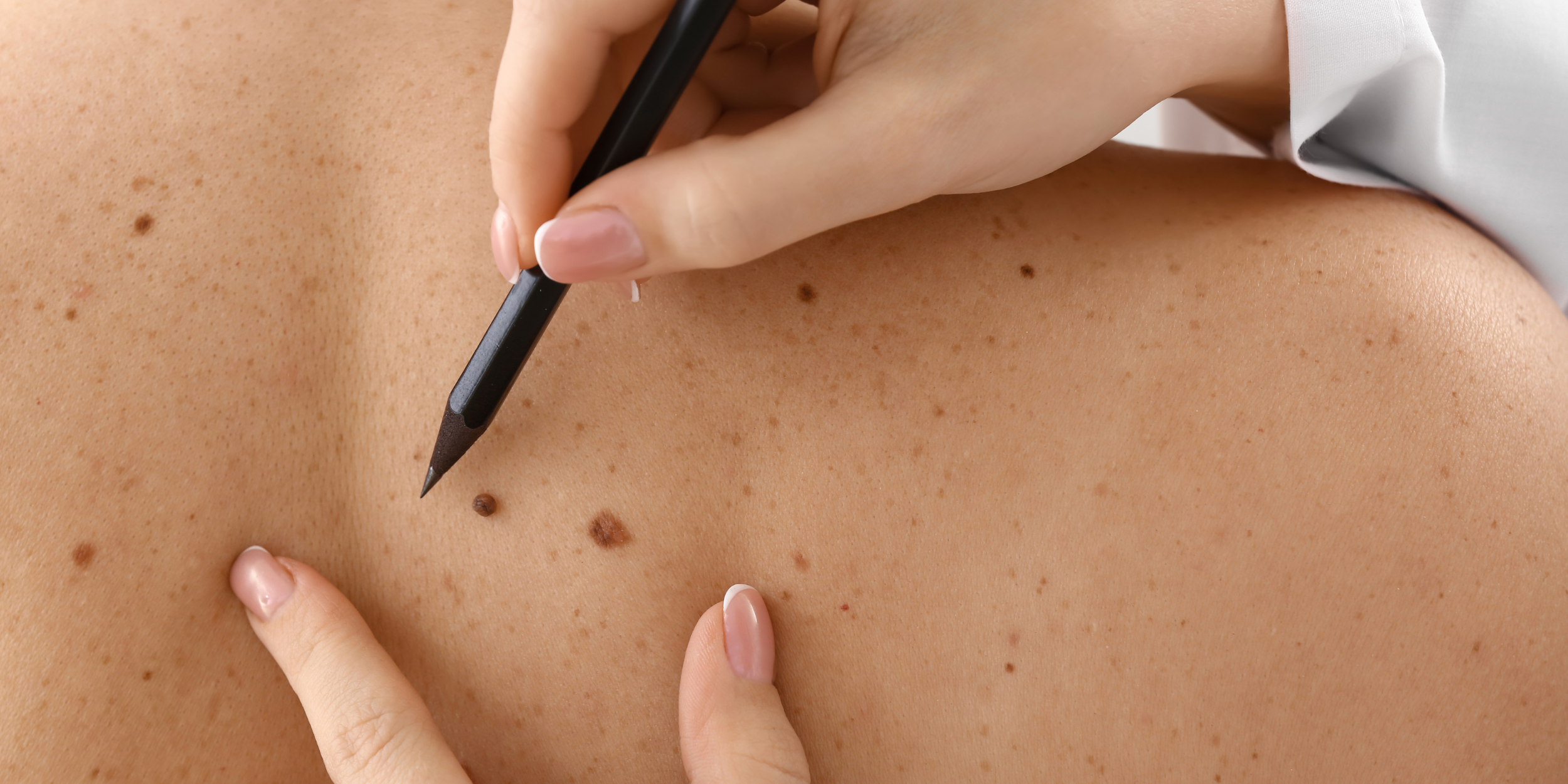Oncoplastic Reconstruction
Oncoplastic Reconstruction Treatment

Treatment Range Hospital in Hyderabad offers advanced oncoplastic reconstruction surgery for patients undergoing cancer treatment involving the breast, face, or other visible areas. This procedure is designed to restore appearance and function after tumor removal, such as a mastectomy or facial cancer surgery. Our expert surgical oncology and plastic surgery teams work together to deliver both effective cancer care and natural-looking reconstruction, helping patients regain confidence and quality of life.
We provide a range of reconstructive options, including breast reconstruction using implants or autologous tissue (from the patient’s body), and facial reconstruction using advanced flap techniques, skin grafts, or microvascular surgery. Each treatment plan is personalized based on the patient’s cancer history, body structure, and preferences. Whether performed immediately during cancer surgery or as a delayed procedure, our reconstructive surgeries are done in sterile, well-equipped operation theatres with complete post-operative care and counseling.
If you are looking for oncoplastic reconstruction in Hyderabad, Treatment Range Hospital is known for combining clinical excellence with compassionate care. With experienced surgeons, modern infrastructure, and a multidisciplinary approach, we offer ethical, affordable, and high-quality reconstructive solutions for patients recovering from cancer surgery.
- Your 6 - Phase health Process
Your Complete Oncoplastic Reconstruction Journey
🩺 Phase 1: Symptoms Identification
- Lump or mass in the breast, face, or skin
- Changes in skin texture, dimpling, or discoloration
- Pain or discomfort in a localized area
- Nipple retraction, discharge, or ulceration (for breast cancer)
🔬 Phase 2: PD Consultation with Surgical Oncologist & Plastic Surgeon
- Detailed clinical examination and tumor assessment
- Photographs and body mapping (for surgical planning)
- Oncologist outlines tumor removal; Plastic Surgeon explains reconstruction plan
- Psychological counseling and patient preference evaluation
📝 Phase 3: Causes
- Genetic mutations (BRCA1/2 – for breast cancer)
- Exposure to environmental carcinogens (e.g., smoking, UV rays for facial skin cancers)
- Hormonal imbalances
- Previous radiation or family history of cancer
🔧 Phase 4: Diagnosis & Cancer Treatment Planning
- Biopsy to confirm malignancy
- Imaging (mammogram, MRI, CT scan) to assess tumor extent
- Staging and multidisciplinary tumor board discussion
- Neoadjuvant therapy (chemo or radiation if required)
💊 Phase 5: Surgery & Oncoplastic Reconstruction Plan
- Mastectomy (total/skin-sparing/nipple-sparing)
- Wide local excision (for breast-conserving therapy)
- Facial tumor excision (skin, soft tissue, bone)
- Delayed Reconstruction – done after cancer therapy (e.g., post-radiation)
💪 Phase 6:Post-Surgery Care
- Hospital stay: 2–5 days (depending on complexity)
- Wound and drain care instructions
- Pain relief, antibiotics, and scar care
- Physiotherapy (especially for breast/chest wall)
Insurance Support










- Why Choose Us
Why patients trust us with their care
- Patient Testimonials
Patient stories of care and recovery










- Frequently Asked Questions
Helping you understand Our healthcare
Oncoplastic reconstruction is a surgical approach that combines cancer tumor removal (oncology) with plastic and reconstructive surgery to restore the natural shape and appearance of the affected area — usually the breast or face.
Patients undergoing cancer surgery (such as mastectomy or facial tumor removal) who wish to restore cosmetic appearance are candidates. Ideal candidates include:
Women undergoing breast-conserving surgery or mastectomy
Patients having large or visible facial tumors removed
Individuals who are medically fit for reconstruction procedures
Yes, it can be done:
Immediately — at the time of cancer removal surgery
Delayed — weeks or months after completion of chemotherapy or radiation, depending on medical and personal preferences
The two main types are:
Implant-based reconstruction (saline or silicone implants)
Flap-based reconstruction (using your own tissue such as TRAM, DIEP, or latissimus dorsi flaps)
Your surgeon will guide you on the best choice based on your body type, cancer type, and treatment plan.
Options include:
Local skin flaps
Skin grafts
Free tissue transfer (for larger defects)
Bone or cartilage grafts (if bone structures are involved)